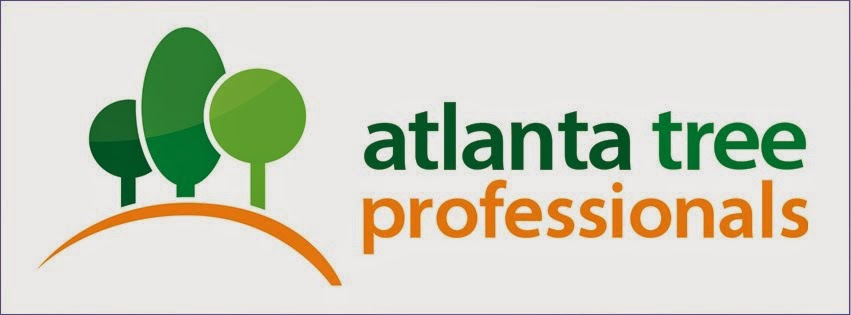Friday, February 26, 2016
Tree Cutting Accidents Are Common Don't Become a Statistic
Tree Cutting Accidents - Don't Be a Statistic
It's no secret that the change of season brings a change of weather. We'll begin to see an increase in severe weather, thunderstorms and possibly tornadoes as the Spring season begins. Along with the severe weather, we'll see an increase in the risk of damage to trees - fallen branches, leaning trees and even toppled trees. There's a good chance you'll need to remove branches and trees in order to maintain the safety of your home and property.
At Atlanta Tree Professional, we strongly advise you NOT to attempt any tree cutting or removal on your own. It may seem tempting and relatively easy, but there are too many variable that could work against you and cost you your life. As this article from the Tree Care Industry Association warns, removing trees is not work for homeowners:
____
Tree care can be incredibly dangerous, even for professional arborists. Even so, many do-it-yourself homeowners attempt their own tree work, often with disastrous results.
In 2015 alone, the Tree Care Industry Association (TCIA) recorded 58 serious civilian tree care accidents, 34 of which were fatal. Six of these victims were under the age of 13, and were innocent bystanders to the misguided actions of adults.
While these numbers are not representative of all tree care accidents involving non-professionals, they provide insight into the types of hazards civilians are likely to encounter while attempting tree work.
To fully comprehend the dangers of tree work, consider this: No layperson would attempt to pilot a small aircraft without the requisite training and experience. And yet, that is essentially the same risk level one assumes when attempting tree work. Tons of suspended weight, great heights, powerful equipment and kilovolts of electricity ñ these are just a few of the hazards encountered in routine tree trimming and removal.
Peter Gerstenberger
Senior Advisor for Safety, Standards, and Compliance, TCIA
Typical Struck-by
A 78-year-old Bellefontaine, Ohio man was seriously injured while cutting wood alone behind his home. He was listed in critical condition after a large tree fell in an unintended direction, landing on his lower left leg and pinning him. About one hour after the accident, a concerned neighbor discovered the victim and called 911. The victim sustained fractures to both legs and an arm.
What would the pros do? Arborists typically work in teams to remove a tree safely. Any removal starts with an assessment of the tree and surroundings for hazards. Factors such as tree lean, internal defects, hung-up branches and even wind can completely alter a trees trajectory says Gerstenberger. Arborists use directional-felling techniques, a precise series of cuts that create a hinge to guide the tree in the intended direction. They also give the tree a wide berth; arborists involved in the felling stay at least 1 times the tree height away, and uninvolved workers stay twice the tree height away. Finally, arborists typically attach a pull rope high in the tree to help guide it in the intended direction.
-----
Read more about tree cutting accidents at the TCIA website (http://tcia.org/blog/safety/analysis-civilian-tree-care-accidents-2015)
Tree cutting accidents are very real. Call the pros at Atlanta Tree Professionals to safely remove branches, leaning trees or fallen trees.
Subscribe to:
Posts (Atom)
